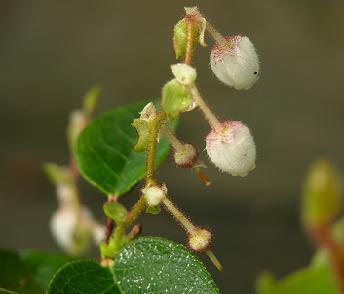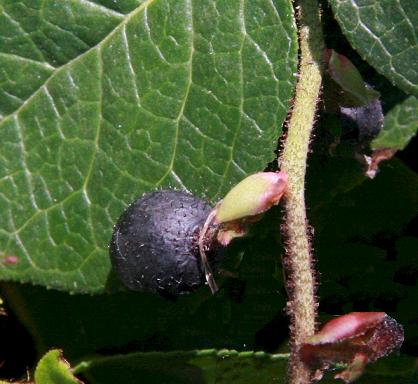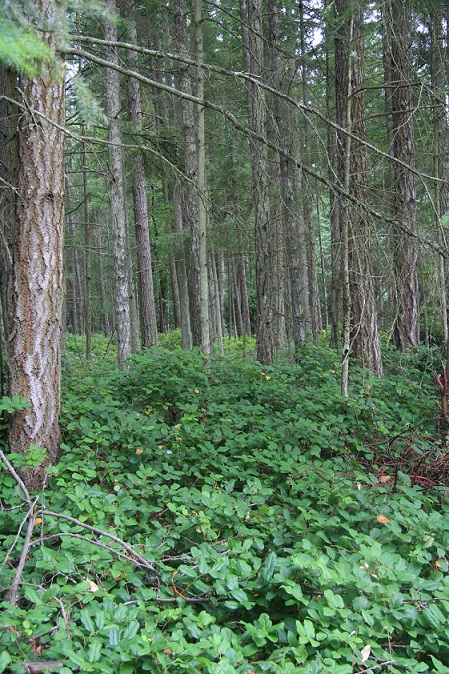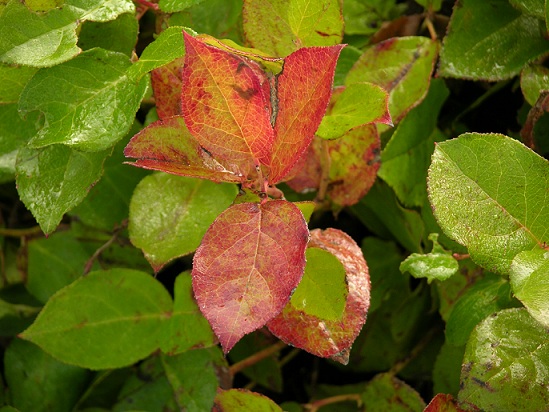|
|
|
Hansen's Northwest Native Plant Database |
|
|
|
 |
||||||||||||||||||||||||||||||
|
|||||||||||||||||||||||||||||||
|
This sturdy evergreen shrub is found widely along the Pacific coast and is hardy in USDA zones 8-10. Salal grows from 3 - 6,' mostly under evergreens where it spreads quickly to form dense thickets. Its dark green, lustrous leaves are popular among commercial florists. White or pink flowers in late spring attract hummingbirds. The fruits are plentiful and delicious, prized by hikers, small children, Native groups and bears. Use Salal under evergreens & deciduous trees where most shrubs will not survive or as a low-maintenance ground cover. Salal is extremely adaptable, thriving in sun, shade, humus, infertile, dry or moist soils. It requires little care once established. Salal (Gaultheria shallon), found by Captain Lewis on January 20, 1806, at Fort Clatsop in Oregon. This plant is still found in abundance at Fort Clatsop and throughout the Pacific northwest today. |
|
||||||||||||||||||||||||||||||

 |
|||||||||||||||||||||||||||||||
|
Salal, long a favorite of Original Peoples, is one of the most common understory shrubs in the forests of the Pacific northwest. Small wonder it is included in the list of plants "discovered" by Meriwether Lewis in the celebrated Expedition led by Lewis and William Clark. This staple of the woods is still abundant, lo these 200 years after its official discovery. Its dark, juicy berries were eaten fresh or dried into cakes, and for feast occasions the Kwakwaka'wakw ate them dipped in oolichan grease. They were mixed with berries of other northwest native plants such as currants and elderberries for trading. The Haida used Salal berries to thicken salmon eggs. Leaves were chewed as a hunger suppressant and used to flavor fish soup. Leafy branches were used to support meats in cooking. Today the berries are still prepared as jam or preserves and eaten fresh. Here's a fun thing to do with Salal leaves: pick a nice healthy leaf and roll it into a cone--it makes a tiny natural drinking cup! Best to use a leaf from your own plants to be sure no chemicals have been used on them. Below left, Salal ground cover at Stuart Island. Below right, Salal in January at Salem's Riverfront Park. |
|||||||||||||||||||||||||||||||

 |
|||||||||||||||||||||||||||||||
|
Photos We Share!
|
||||||||||||||||||||||||||||||
|